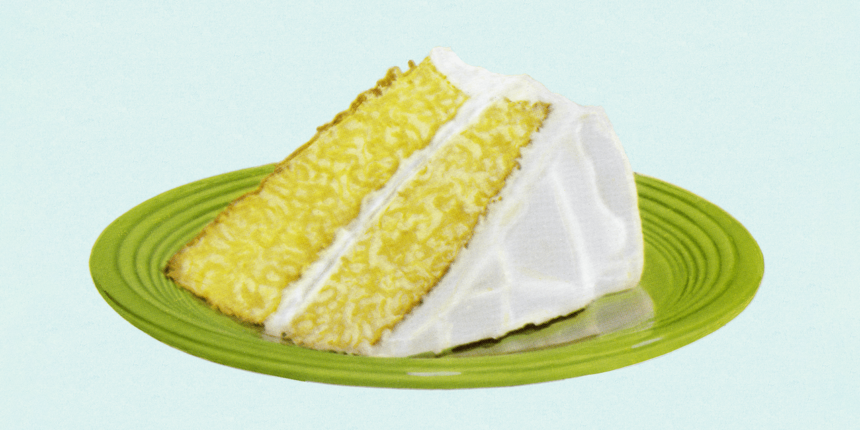Sometimes (or, um, many times), your body decides it wants a bag of Sour Patch Kids or a chocolate bar, stat. Whether they hit every day or once in a while, sugar cravings are simply a fact of life. But the intensity with which they can pop up makes us wonder: Where do they even come from and what can they tell you about your body?
The science surrounding sugar cravings can actually be pretty complicated. That’s because they typically don’t have one single, easily identifiable cause. Rather, tons of different factors can influence when, where, and why you might develop a sudden hankering for a little treat, including your biology, psychology, and environment, Lindsay Malone, MS, RDN, LD, a nutrition instructor at the Case Western Reserve University School of Medicine, tells SELF. What’s more, Malone notes, these factors often overlap and intersect, complicating matters further. But don’t worry; we’ll break it down for you. Read on for everything you need to know about the four big elements that may be behind your confectionery cravings.
Your blood sugar (and all its ups and downs) might be involved.
In fact, fluctuations in blood sugar are “one of the biggest” contributors to sugar cravings, according to Malone. “Your blood sugar is your body’s primary fuel source,” she says, so your body closely monitors your levels to make sure you have the energy to function normally. When they drop, alarm bells start ringing, nudging you to take action to return to baseline. The fastest, easiest fix for a plunge: Getting a dose of sugar from a food or beverage—which is why you might find yourself reaching for a supersweet item “like juice, candy, or soda,” Malone says. “Sugar is a carbohydrate, and carbohydrates are a very accessible and digestible source of energy,” Vincci Tsui, RD, a certified intuitive eating counselor based in Canada, tells SELF.
While your blood sugar can fluctuate naturally throughout the day, certain triggers can cause it to rise and fall rapidly, bringing about these sugar cravings. Dieting or otherwise limiting your food intake is one example. “Having a sweet craving can be a way of our bodies telling us, ‘Hey, we’re not eating enough’”—a.k.a. taking in enough fuel, Tsui says. Sugar cravings can also be a response to the specific type of food you’re eating, rather than the amount. For example, Malone says, simple carbohydrates (including sugars) cause an immediate blood sugar spike followed by a steep drop, setting those alarm bells off. Yes, they’ll raise your blood sugar and improve your energy in the short term—great for an acute plunge like we mentioned above—but they’ll ultimately only create a vicious cycle that’ll leave you right back where you started. That’s why your meals and snacks should represent a balance of all three macros: carbs as well as protein and fats. “That would result in a much more steady, stable blood sugar where you wouldn’t have this kind of up and down,” Malone says.
What and how much you eat aren’t the only factors that affect blood sugar fluctuations, however, according to Malone. Genetic differences, menstruation, sleep quality, certain health conditions like diabetes or hormonal imbalances, and lifestyle factors (say, chronic stress or limited physical activity) may play a role as well, to name a few others.
But your environment can come into play too…
Habit and custom can be powerful forces, so you can inadvertently train your body to expect sweet foods under certain circumstances. In this case, your sugar cravings are the result of “a routine that gets ingrained,” Malone explains.
Read the full article here



